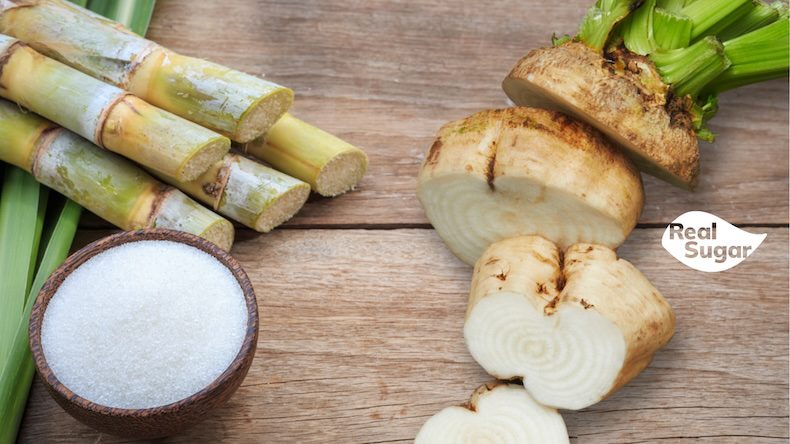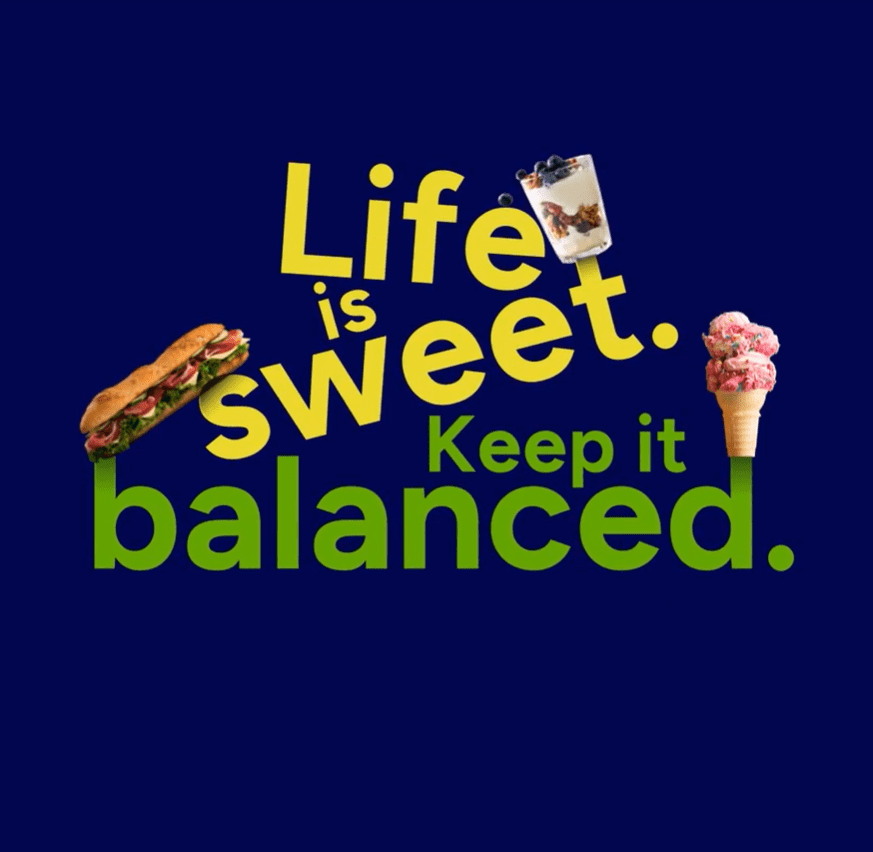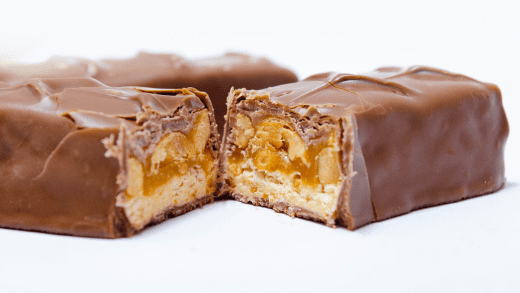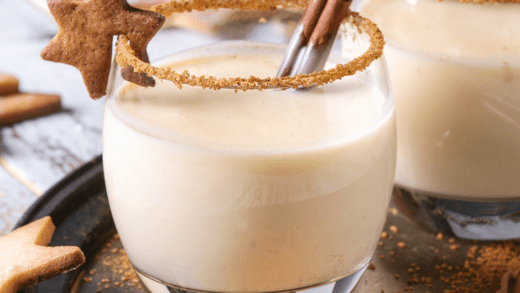June is National Candy Month! The National Confectioners Association (NCA) established National Candy Month in 1974 to highlight the craftsmanship of American candy makers and celebrate the diverse world of candy. While it is nearly impossible to choose a favorite with so many tasty options available, the Snickers bar is widely considered the bestselling candy bar in the world with annual global sales of over $380 million. This popular snack is also one of the most difficult to produce, due to its unique flavor combination of nougat, caramel, peanuts and milk chocolate, and distinct texture profile. However, sugar is the workhorse ingredient that makes this iconic candy confection come together.
The Snickers bar is manufactured by Mars Inc, which was originally known as the Mar-O-Bar Co, a company started by Franklin Mars and his wife Ethel in his home state of Minnesota. After incorporating as Mars Inc, the company debuted the Milky Way bar in 1923. Franklin was passionate about horses in addition to candy and used the proceeds from his bestselling product to purchase 3,000 acres in Tennessee for a racehorse farm called Milky Way. In 1929, he moved Mars Inc to Chicago and the first Snickers bar was manufactured there in 1930. The treat was named after one of the family’s favorite horses and retailed for five cents.
The Snickers is unique in the world of candy bars due to its combination of nougat, caramel, and peanuts all encased in milk chocolate, which creates a distinct flavor and texture profile. These specific textures are achieved through carefully controlled processes, which make the Snickers a prime example of candy science, according to Richard Hartel, a food engineer and professor of Food Science at the University of Wisconsin-Madison.
“As with almost everything, once you get into it, each component is more complex than you might think,” Hartel writes in an October 2024 article for The Conversation.
Nougat, a slightly aerated candy with small sugar crystals distributed throughout, is a key ingredient of the Snickers bar. The delicate art of making nougat begins by whipping sugar and egg whites together. Egg white is a protein that provides aeration by coating the air bubbles created during the whipping process and then stabilizing them to provide a light texture, according to Hartel. A boiled sugar syrup is then slowly mixed into the egg white sugar mixture, after which a melted fat is added. Since fat can cause air bubbles to collapse, this step must be done last and very carefully. The final ingredient added before cooling is powdered sugar to provide seeds for the sugar crystallization in the batch.
“The presence of small sugar crystals make the nougat ‘short’ – pull it apart with your fingers and it breaks cleanly with no stretch,” said Hartel.
On top of a Snickers bar’s nougat layer is a band of chewy caramel, which provides a delicious contrast to the airy nougat.
“Caramel stands out from other candies as it contains a dairy ingredient, such as cream or evaporated milk,” Hartel said. “During cooking, the milk proteins react with some of the sugars in a complex series of reactions called Maillard browning, which imparts the brown color and caramelly flavor.”
The specific flavor molecules depend on the starting materials and the conditions, such as temperature and water content. Commercial caramel, like that in the Snickers bar, is cooked up to about 240-245 degrees Fahrenheit (115-118 degrees Celsius), to control the water content.
“Cook to too high a temperature and the caramel gets too hard, but if the cook temperature is too low, the caramel will flow right off the nougat,” said Hartel. “In a Snickers bar, the caramel needs to be slightly chewy so the peanuts stick to it.”
The Maillard browning reaction is also an important contributor to the flavor of the milk chocolate coating, which is made from sugar, cocoa and milk solids, to produce a smooth and creamy texture.
“When done right, the result is a delicious Snickers bar,” said Hartel. “With about 15 million bars made each day, getting every detail just right requires a lot of scientific understanding and engineering precision.”
This classic American snack, with its irresistible salty and sweet flavor combination, is the perfect way to celebrate National Candy Month and the food scientists and engineers, manufacturing crews and farmers that make this tasty treat possible. As its 1930 marketing slogan said, a Snickers bar is “Candy at its Best.”










Get Social with #MoreToSugar